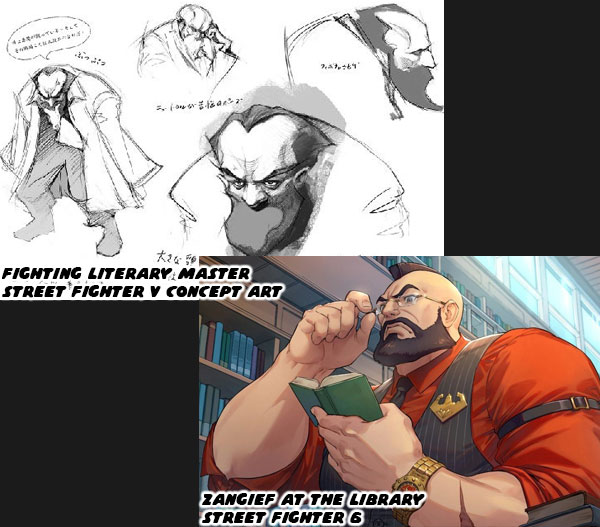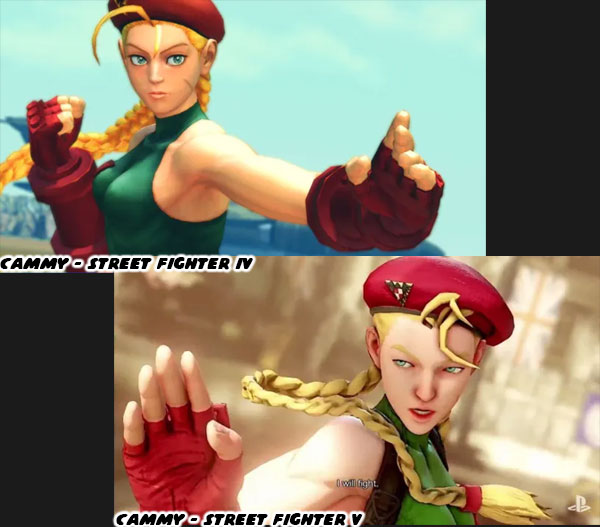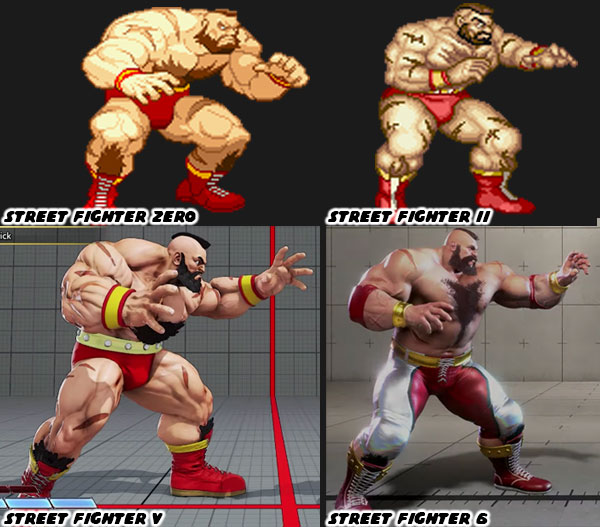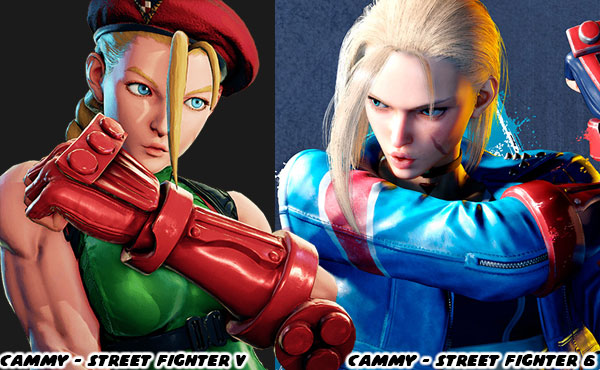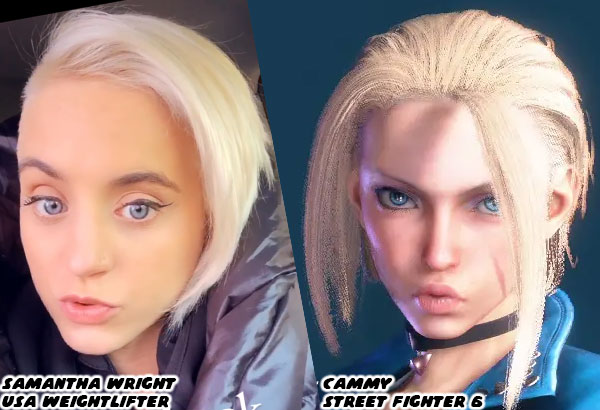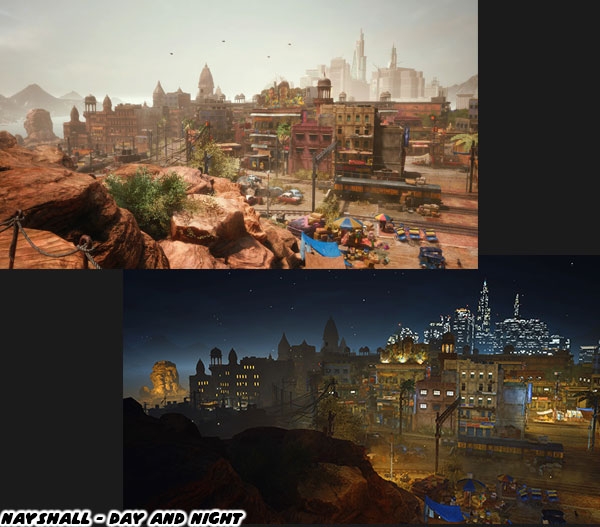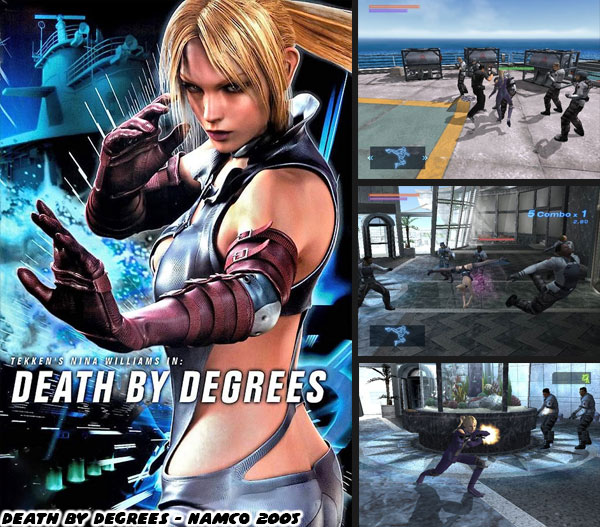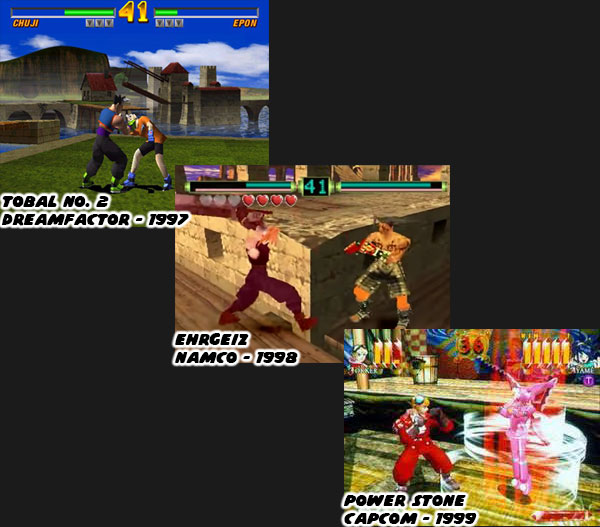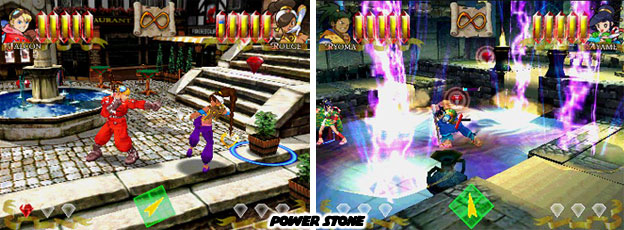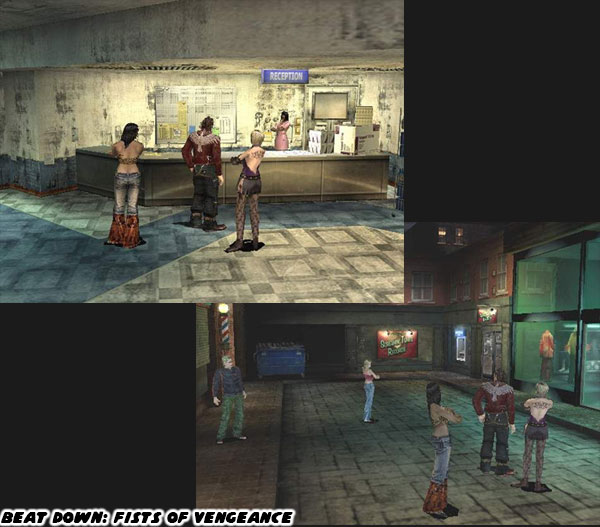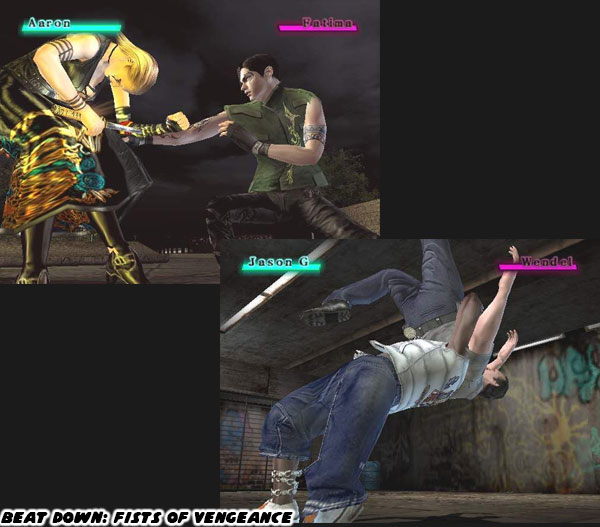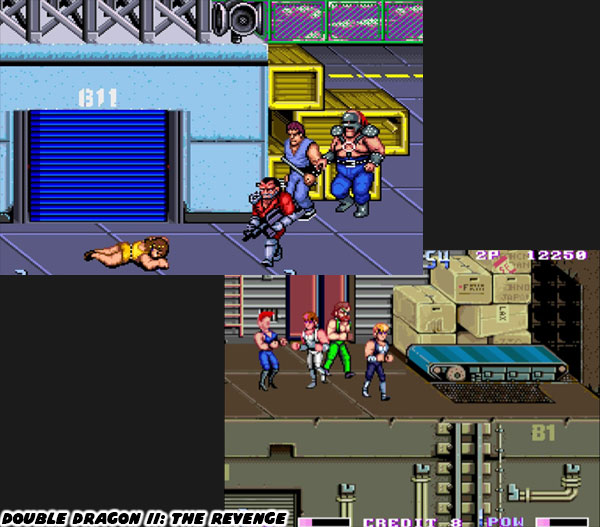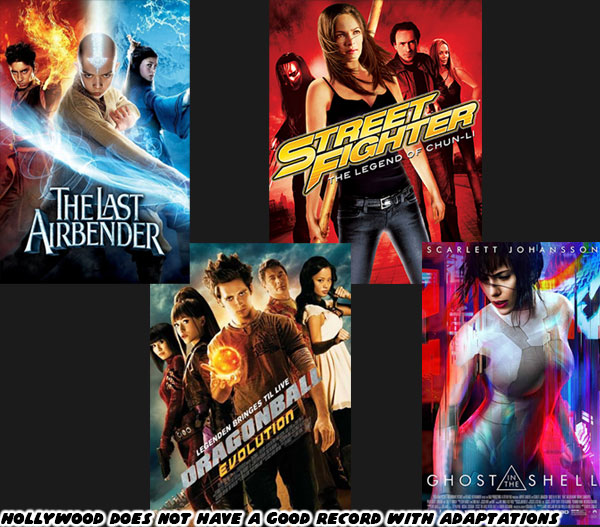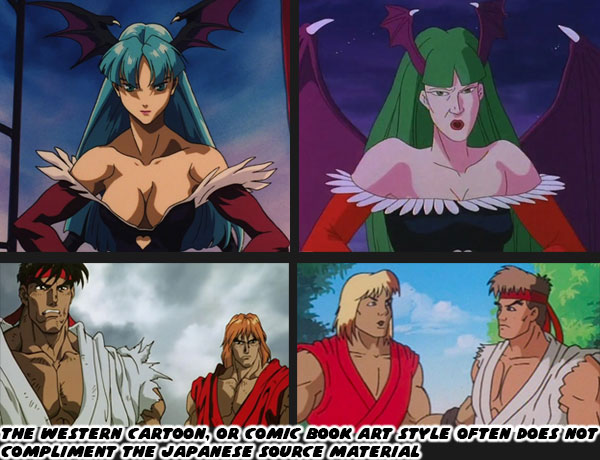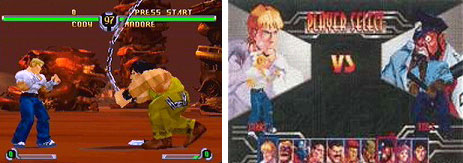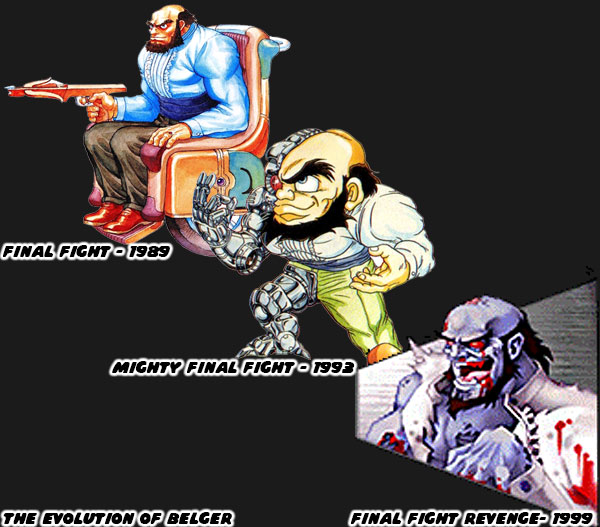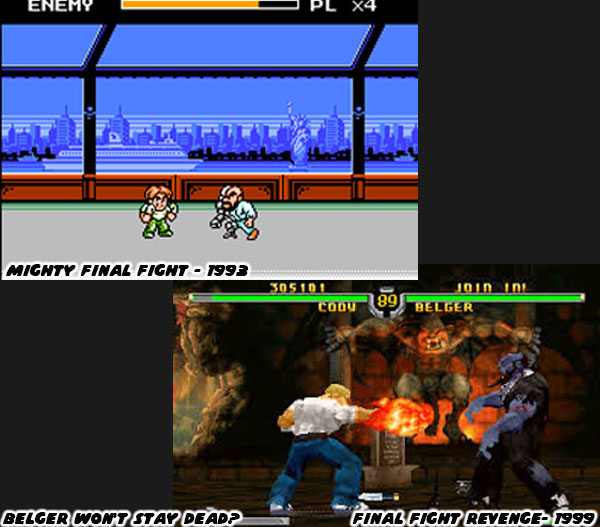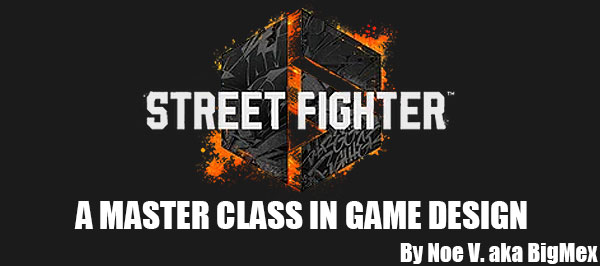
In an earlier blog I mentioned that the US had a terrible track record with adaptations from Japan. It didn’t matter how big the budget was, or how many writers, producers, or directors they threw at the project. If they didn’t understand the source material, and they didn’t meet the characters at their level, then the project would fail. To be fair the major US Studios couldn’t even get US comic, or cartoon properties right half the time. This was no where else more apparent than Capcom Studio 8 and their trainwreck called Final Fight Streetwise. Let’s start with the most obvious thing, the visuals.
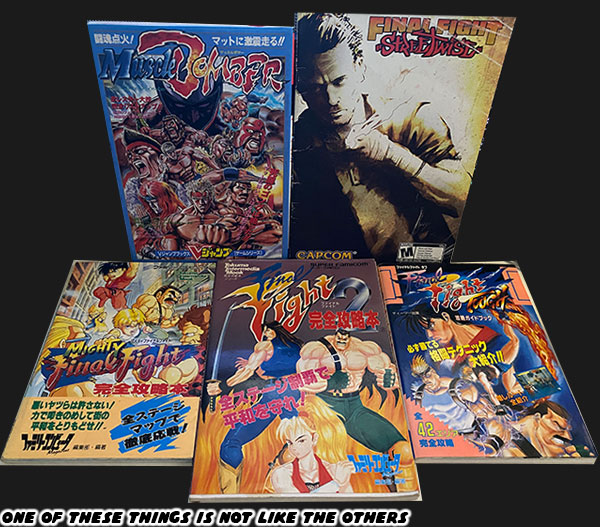
I had been collecting Capcom books, and magazines for over 30 years. I especially loved the game guides. I could see the character art, and concepts as they were designed by my favorite art team. Final Fight, and the related titles always had a strong anime aesthetic. Bright costumes, bold colors, over-the-top designs. Everything was played up, there was nothing remotely serious about their approach. Even though the situations, and locations seemed serious, they were presented in a melodramatic fashion. It was something that not a lot of fans of the franchises understood. This was obvious in the writing, and direction of Streetwise. It was a dark game, very much in the vein of Beat Down from the year before.
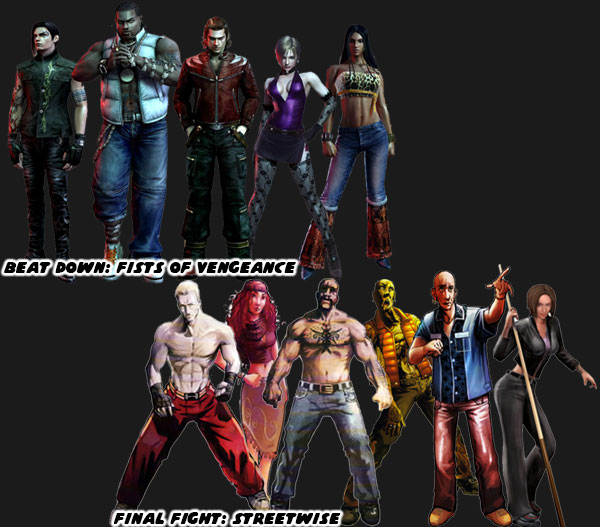
The only difference between the two Capcom games were the character designs. One was created by a Japanese studio, and the other by a US team. Both were trying to capture the same serious look, and feel. Only the US team actually had the FF property to work with. A preview of how bad things would be were seen in the limited edition Streetwise comic. You could get one if you pre-ordered the game. It was Illustrated by Trent Kaniuga. The credits included; Story by Dave Ralston, Gerardo Sprigg, and Trent Kaniuga. Scenarios written by Tom Mason, Dan Danko, and Gary Reed. The comic introduced us to a character named Kyle Travers, the brother of Cody Travers. Right away my head snapped back. I was like what?!? I had played every game in the series, and was fairly certain there had never even been a mention of a brother. The comic was filled with smoking, drinking, realistic depictions of violence, sexual overtones, and gun play. It was the very definition of tell me you’ve never played Final Fight, without telling me you’ve never played Final Fight.

In the back pages of the comic we were treated to the concept art of the various locations in the game. As well as art of new, and returning characters. New faces like the tattoo-covered Lou “The Skin”, gangster-looking Simms, the Rasta-trope Reefer Madness, and the scummy Weasel. Returning characters included Poison, Sodom, and Andore. Cammy would even turn up in the game with a makeover as well. Everything was dark, and ugly. The streets, and businesses in Metro City were much worse off than they were in the original FF. The bright colors, and cartoonish designs of the Mad Gear members were absent. Instead replaced with the tough guys that would be found in an angsty teenager’s sketchbook. Learning that the comic creator, and writer also turned out to be the voice of Kyle suddenly made a lot of sense. This would the game industry's most expensive self-insert fanfiction.

The game would give realistic makeovers to the other classic characters including Mike Haggar, and Guy. If you played the game for any amount of time, and were familiar with pop culture then it was obvious the direction that the team was going. Capcom Studio 8 was trying to turn FF into a cinematic experience. It would be something more akin to the movies Fight Club, or Snatch. Both gave dark, and gritty portrayals of illegal underground fighting tournaments. This was opposite of Streets of Fire, the cult ‘80s film that influenced the development of FF. The shirtless Kyle Travers surrounded by drunks in a makeshift ring was a substitute for Brad Pitt from the aforementioned movies. Except Kyle looked more like Mickey Rourke, which to be fair he was the macho rugged guy that predated Brad. The dialogue in the game, and themes were very mature. They predicted where Rockstar’s Grand Theft Auto series would be going.
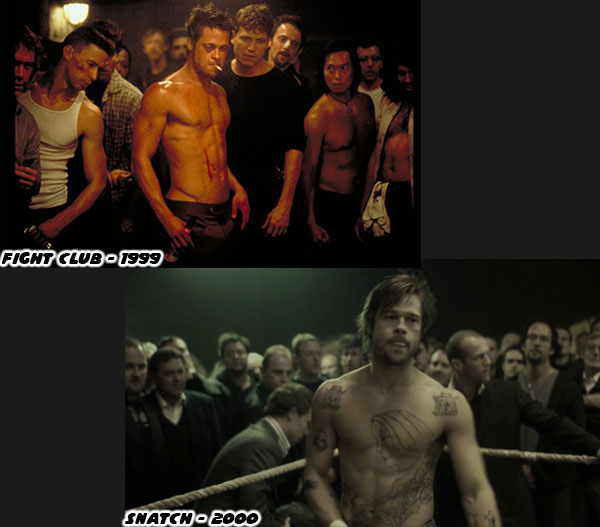
The problem was that this was a Capcom game, not a Rockstar game. The developers were doing a major disservice to the source material. They were creating an action brawler that in, and of itself, was worth exploring. However by attaching it to the name Final Fight then audiences were expecting something similar to the previous four titles. If it couldn’t be similar then at the very least it should capture the spirit of the previous games. The move to 3D was not as jarring as the content. The casual drug use, swearing, and violence meant that it wasn’t aimed for general audiences. The combat was not well done, the dialogue poor, character development absent, and plot was nonsensical. A drug / stimulant was taking over the streets of Metro City called “Glow.” It acted very much like “Venom” the drug that Bane used to increase his strength, speed, and stamina in the Batman comics.
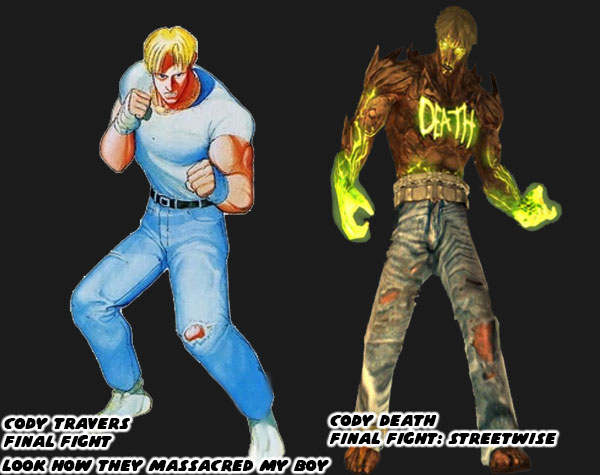
The climax of the game featured Kyle, against a Glow-overdosed Cody. What they did to the iconic character was as sad as you could possibly imagine. Every step of the journey reminded me how far the studio was walking away from the original. These were all conscious choices, this wasn’t their first rodeo. Capcom USA worked side-by-side with senior Japanese developers on Final Fight Revenge.
They didn’t understand the quirky humor that was the basis for Mad Gear bosses. Such as Sodom, he was an obsessive Japanophile, however he couldn’t even write kanji correctly, or speak Japanese. They saw firsthand how the characters were designed, what the tone of the moves, world, and story was. They even had Zombie Belger doing Michael Jackson’s Thriller dance moves in the FF Revenge credits. If that didn’t explain not to take the world too seriously was then nothing the Japanese team could have said would have mattered to the US. It wouldn’t be the first time a western studio would try to rewrite the legend of a beloved franchise to fit their own vision.

In 2009 Grin released a 3D adventure game called Bionic Commando. Directed by Ulf Andersson, Produced by Ben Judd, and Designed by Anders Jonsson. It was based on one of the greatest classic games ever made. The original
Bionic Commando I would consider one of my favorite games of all time. What audiences couldn’t understand was how off the tone, and design of the 3D remake was. This was especially jarring considering that the same studio released Bionic Commando Rearmed the year before. It was a 2.5D version of the classic title, and it hit all the right notes for fans of the original. It was a smash hit, and even the critics held it up as an example of how to properly adapt a classic NES game to modern consoles. A year later they said the full 3D version was an example of what not to do with a beloved IP. But I digress…
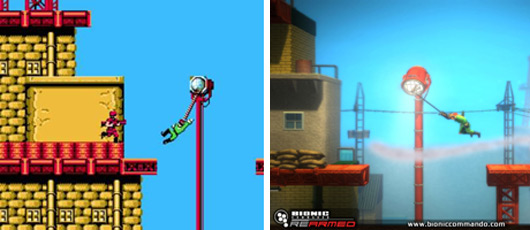
The Street Fighter 6 developers did not acknowledge BeatDown, or Final Fight Streetwise as being part of canon. Those games were missing from the tiles in Beat Square. The only one this did recognize was Final Fight Revenge. The SF6 team returned Metro City, the Mad Gear gang, and various cameos back to their full color lighthearted tone in the World Tour. I would argue that Capcom in Japan did sneak in a jab at the horrid western remakes. I’m convinced that the poster of Cody at the end of the subway cars was made to look like Patrick Bateman from the American Psycho film. As if this is the version of Cody that a US developer would have given us in SF6.
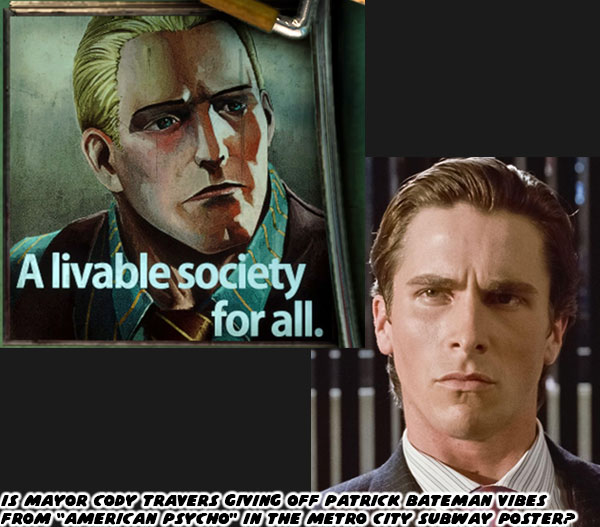
Thankfully the Street Fighter, and Final Fight IP was back in good hands. The studio was keenly aware of how fan reactions from around the world were coloring the way the had to approach their designs. The growth of the internet made sure that audience feedback was instantaneous. Japanese fans were being very vocal about their dissatisfaction of one of the most popular characters in SFV. What the SF6 team did to this character, and the rest of the cast was simply sublime. We will dig into it on the next blog entry. I hope to see you back for that. If you are a long time fan of Final Fight, or Street Fighter then I would like to hear your impressions of SF6. If you have never played any game previously then tell me your experiences in the comments section please. As always if you would like to sponsor me
please visit my Patreon page and consider donating each month, even as little as $1 would help make better blogs and even podcasts!

